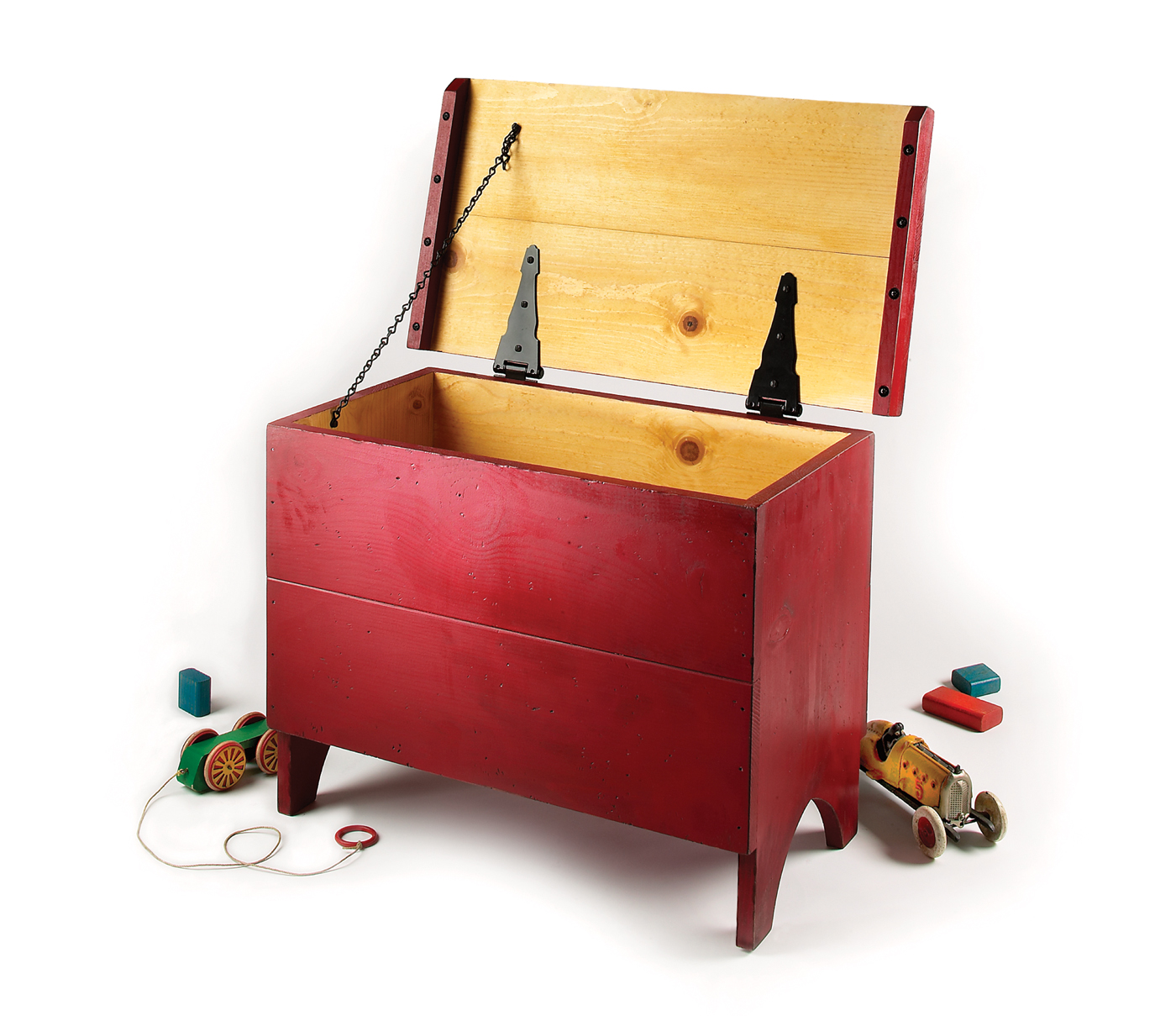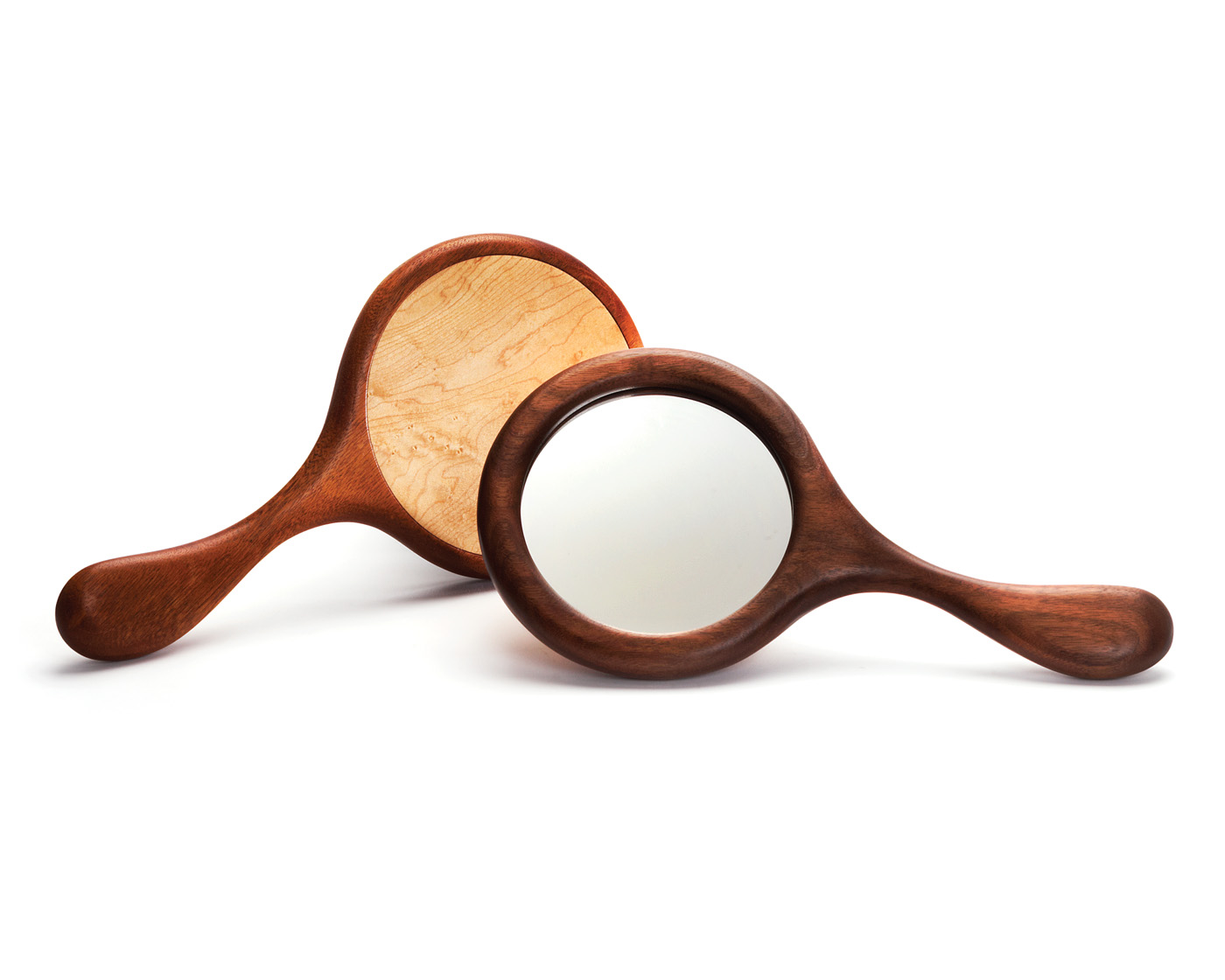We may receive a commission when you use our affiliate links. However, this does not impact our recommendations.

A true American folk object, the game call gained enormous popularity in the late 19th century, when it became part and parcel of hunting, especially in the Mississippi flyway. (According to Ducks Unlimited, the Mississippi river is “the most heavily used migration corridor for waterfowl and other birds in North America.”) Poke around a bit and you’ll find game calls for geese, turkeys, doves, crows, squirrels and even coyotes. But the classic game call, in all its many forms, is the duck call.
Whether you hunt with gun or a camera, a game call is a wonderful turning project. The parts that make the sound (called the “guts”) are available in kit form, so once you’re set up for drilling and turning, it’s easy to produce a number of these calls in a short time. Play with different shapes or explore your own theories about dimensions and sound—I guarantee you’ll have fun. But before you commit to a valuable piece of wood for that heirloom call, it’s a good idea work out basic drilling, chucking, shaping and fitting using blanks of common wood such as poplar.
Game calls originated in the mid-19th century. Early versions like this Elam Fisher-style call from the 1880s are commonly referred to as “tongue pinchers,” as the exposed reed on the business end is apt to do just that when it vibrates. There was no way to adjust the reed on these calls to enhance the sound, so the hunter had to rely on his skill in using the call to “bring ’em in.”
Stuff you’ll need

Photo 1. Cut blanks for the wooden parts of this duck call. You’ll also need three O-rings and the “guts”—the parts that create the sound. A ferrule and lanyard are optional.
In addition to the guts, you’ll need two blanks of wood for this project (Photo 1). You can use contrasting woods or cut both blanks from one long piece. Any good, dry wood will suffice. Walnut is a popular choice (both historically and with contemporary makers), and it’s usually readily available. The recent development of resin-injected woods (commonly used in pen-making) has created a material not so prone to dimensional changes due to exposure to moisture—an unavoidable circumstance with mouth-blown calls.
You’ll also need a 2″ x 2″ x 4″ blank of poplar or other soft wood to create two jam chucks, and basic spindle-turning tools, including a spindle roughing gouge, a skew chisel, 1/4″ and 3/8″ detail/spindle gouges and standard and thin-kerf parting tools. Next on the list are a four-jaw scroll chuck and a drill chuck (a keyed chuck that mounts in the lathe’s tailstock), 5/8″ and 7/8″ Forstner-style drill bits and E-6000 adhesive.
A lanyard and a ferrule are optional, but you’ll definitely need O-rings if they don’t come with the guts kit that you order.
The guts rule
The guts—which come in different styles and sizes—play an important role in determining a call’s diameter: They’re mounted in a hole drilled through one part (the “stopper”); a larger hole drilled through the other part (the “barrel”) fits on a tenon turned on the stopper. The call has to be long enough to house the guts; beyond that, its length can vary. The call shown here, which is designed to house Arkansas-style single reed guts, requires a pair of 1-3/4″ x 1-3/4″ blanks, one 2″ long with a 5/8″ bore (for the stopper) and one 4″ long with a 7/8″ bore (for the barrel).
Turn the barrel

Photo 2. Drill a hole through the blank that will be the call’s barrel. This requires a scroll chuck to hold the blank and a drill chuck to hold the Forstner bit and its extension.
The first step is to drill a centered 7/8″ dia. hole all the way through the barrel blank, using either a drill press or the lathe. To drill the hole on the lathe, mount the blank in a scroll chuck (Photo 2). The blank can be mounted square, as shown, or using a tenon and shoulder turned on one end. (The tenon has to be turned first, of course, after mounting the blank between centers.)
Drill the hole with a Forstner bit and a drill chuck. To keep from building up excessive heat, it’s best to use a HSS or carbide-edged bit. Most of these bits are short, so you’ll probably need a bit extension. Drill slowly and frequently back the bit out of the cut to clear the chips.

Photo 3. Reduce the diameter at the end and add details after installing a tapered plug in the hole and engaging the tailstock. This end will be the mouthpiece.
Next, shape the barrel’s mouthpiece (Photo 3). Reduce the diameter to about 1-1/4″. Flatten the end (to facilitate mounting it for the next step) and sand everything smooth—don’t leave any sharp edges where your mouth will contact the call.

Photo 4. Flip the blank end-for-end and mount it on a jam chuck so you can work the other end. The hole in the barrel snugly fits a tenon turned on the chuck.
Remove the barrel and mount a 2″ long poplar waste block in the scroll chuck, with its grain running parallel to the lathe bed. Turn a tenon on the waste block that’s slightly larger than the hole drilled through the barrel and about 1″ long. Then carefully reduce its diameter to obtain a jam fit with the barrel (Photo 4). The fit should be tight enough to hold the barrel for turning but loose enough to allow it to be easily removed after it’s been turned.
To support the barrel’s free end, turn a short, tapered plug to fit inside its drilled hole and bring up the tailstock. (Another option is to install a live center with a cone-type point in the tailstock.)

Photo 5. Turn a tenon for a ferrule, a metal band used to reinforce the joint between the two wooden parts of the call. Ferrules commonly appear on older calls, but including one is optional.
The portion where the barrel fits onto the stopper requires special attention, because it may split if the parts swell or if the barrel takes too much force to install. The solutions are to leave this portion extra-thick or install a metal ferrule to reinforce the joint (Photo 5). Size a tenon to fit the ferrule using outside calipers. Aim for a push-on fit and plan to glue on the ferrule using a E6000, a rubber-based adhesive that bonds permanently but stays flexible.

Photo 6. Complete the barrel by shaping the section between the two completed ends. If you decide not to add a ferrule, leave extra thickness at the end to keep the wood from splitting.
The barrel’s final shape is up to you, but a curved form makes the call easy to hold (Photo 6). Although not essential, a lanyard reduces the chance of losing the call and frees up both hands for those moments of truth (Photo 7). Complete the barrel by finish-sanding it to 220 grit (or 320 grit if the 220 grit scratches remain visible).

Photo 7. Cut a cove to house a lanyard. First, cut a shallow groove with a thin-kerf parting tool. Then use a small detail/spindle gouge to form a cove.
Turn the stopper
Drill a centered hole through the 2″ blank as before, except for using a 5/8″ Forstner bit to match the hole to the Arkansas-style guts we’ve chosen. The tailstock end of this blank will be the exit for sound, so it’s often flared like a horn for greater volume—in theory, anyway (Photo 8). Turn this end of the stopper about one-quarter of the way up the outside.

Photo 8. Complete the barrel by shaping the section between the two completed ends. If you decide not to add a ferrule, leave extra thickness at the end to keep the wood from splitting.
Remount the waste material that served as a jam chuck for the barrel and resize the tenon to fit the hole in the stopper. If the end of the stopper has been flared, you may have to lengthen the tenon to create a secure fit.

Photo 9. Cut shallow grooves for the O-rings after mounting the stopper on a jam chuck and turning a tenon that’s slightly smaller than the hole in the barrel.
Install the stopper on the jam chuck and bring up the tailstock for additional support. Then turn a tenon with shallow grooves for O-rings to fit inside the barrel (Photo 9). To accommodate two O-rings, the tenon should be about 1″ long. Size its diameter for a very slightly loose fit into the barrel.

Photo 10. Install the O-rings to create an air-tight fit that’s neither too tight nor too loose. This is a critical step! Adjust the fit by carefully increasing the depth of the O-ring grooves.
Space the grooves for the O-rings about 1/2″ apart. The O-rings may be slightly wider than the parting tool; if so, make a second pass to widen each groove. The depth of the grooves is also critical, as the O-rings must protrude slightly above the tenon to achieve an airtight fit with the barrel—but not so tight that the pieces have to be forced together (Photo 10).

Photo 11. Shape the middle section to complete the stopper. To match the shape cut on the inside, the outside of this stopper flares like a horn at the end.
Shape the tenon’s shoulder to fit nicely against the barrel. Then finish turning the outside of the stopper (Photo 11). Complete the job by finish-sand the stopper to the same grit as the barrel.
Duck-worthy finish
As moisture is a real enemy, whether from blowing the call or from the environment (cold and wet is often the norm for duck hunting), it’s imperative to apply a moisture-resistant finish on both the inside and the outside of the call. Some makers soak their calls in linseed oil. I prefer to use a film-forming finish. Any high quality varnish that’s thin enough for wiping will work. I apply four coats of Waterlox Marine Finish, using a small brush to get inside the barrel. Allow the parts to dry for several days before assembling the call.
Get quacking

Assemble the guts (the third O-ring fits in a groove on the soundboard) and install them in the stopper (Photo 12). Use a bit of E-6000 adhesive, if necessary. Install the barrel and give the call a couple blasts. Does it sound like a duck? You can alter the sound by adjusting the reed and wedge on the soundboard, but my advice is to ask someone familiar with duck calling to assist you with the call’s initial “tuning” and to teach you some basic calls. That’s much more fun than purchasing an instructional duck call cd.
Bio
Alan Lacer is a turner, writer, demonstrator and instructor living near River Falls, WI. For more information on Alan, visit alanlacer.com.
Here are some supplies and tools we find essential in our everyday work around the shop. We may receive a commission from sales referred by our links; however, we have carefully selected these products for their usefulness and quality.













